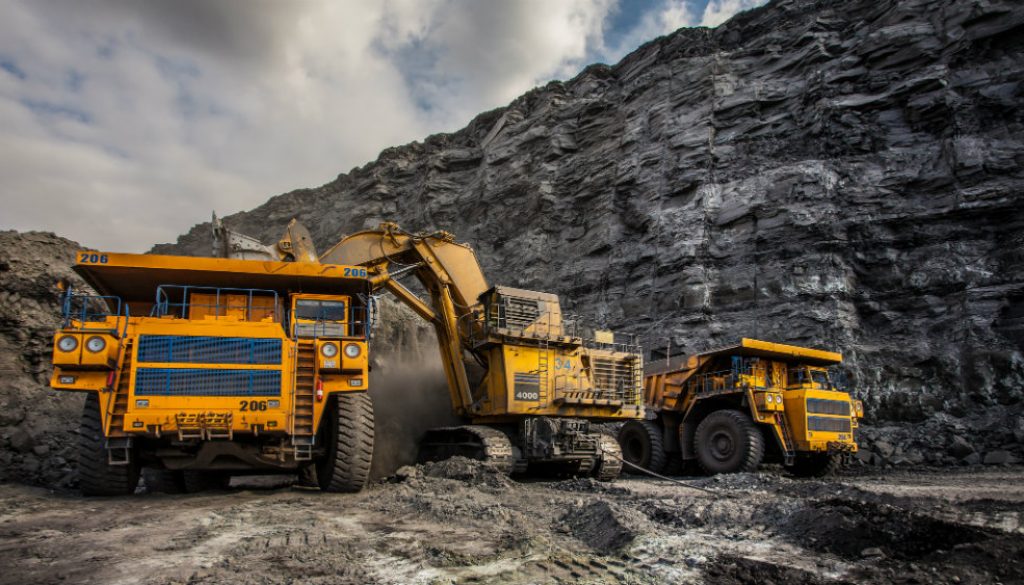Shares in FTSE 100 constituentGlencore (LSE: GLEN) rose in early trading this morning. That bought some respite for investors who have seen the value of the company fall by 25% over the last year due to a number of issues including a money-laundering probe by the US Department of Justice and added costs as a result of US sanctions on Russia.
Could this be the start of a sustained recovery? Lets take a closer look at todays full-year numbers first.
Fall in profits
Initial impressions arent great, with the firm announcing a 41% drop in net income to $3.4bn due to non-cash impairments at Mutanda its large-scale copper and cobalt operation and Mopani.
In contrast to peer BHP, which yesterday announced a reduction in net debt, Glencores debt burden also increased by 44% over the period to $14.7bn. Thats still within its desired range of between $10bn-16bn, but nevertheless higher than some analysts were expecting.
There were, however, a few positives. Adjusted earnings before interest, tax, depreciation and amortisation (EBITDA) increased 8% to$15.8bn and net income before significant items rose 5% to $5.8bn.
Commenting on todays numbers, CEO Ivan Glasenberg stated that, despite a challenging operating environment, Glencores portfolio of assets hadcontinued to deliver overall competitive all-in unit costswhich, in turn, allowed it to capitalise on healthy average commodity prices and generate attractive margins.
Looking ahead, Glencore expectsproduction in all commodities to be higher in 2019 than in the previous year. The company also stated that it would continue to investin the low-carbon economy.
Buyer beware
Like rival BHP Group, Glencore might appeal to Foolish investors wanting exposure to important metals without the risk associated with small-cap explorers and producers. It produces and markets more than 90 commodities, has offices in 50 countries, and owns roughly 150 assets around the world.
In addition to being a truly diversified business, last years rout means the shares look fairly cheap. Available for a little under 10 times forecast 2019 earnings before markets opened this morning, Glencores stock is less expensive than the aforementioned BHP, Rio Tinto and Anglo American.
Yielding 5%, there are worse places for income hunters to be investing their cash. Todays recommended 20/share distribution is in line with the prior year and dividends are expected to be covered twice by expected profits in 2019. Thats a lot more comforting when compared to the state of affairs atother FTSE 100 income favorites.
News that the company has decided to initiate a new $2bn buyback programme that will run to the end of the year could also help improve sentiment.Interestingly, the firm will look to top this up so long as market conditions allow, supported by a targeted $1bn of non-core asset disposals.
All this, however, doesnt necessarily make Glencore a great investment at the current time. Like all companies in the resources sector, the 42bn-caps fortunes are also dependent to an extent on things it cant control.
With fears that global growth is slowing, theres no guarantee the stock wont continue to slide in value going forward. As such, anyone contemplating getting involved should be prepared to hold for the long term.
While I remain bullish on Glencores prospects over the next decade or so (thanks to the electric vehicle revolution), those with shorter time horizons may wish to consider less cyclical stocks for their portfolio.
Will the FTSE recover in 2019 or are we heading for a bear market?
After almost a decade, there are signs the record-breaking bull run may be coming to an end. Opinions are split about whether were in a bear market or just seeing a correction either way, volatility is back with a vengeance. Fortunately, you dont have to go it alone; download The Motley Fools Bear Market Survival Guide today and discover the five steps we believe any investor can take right now to prepare for a downturn including how you could potentially turn todays uncertainty to your advantage!





